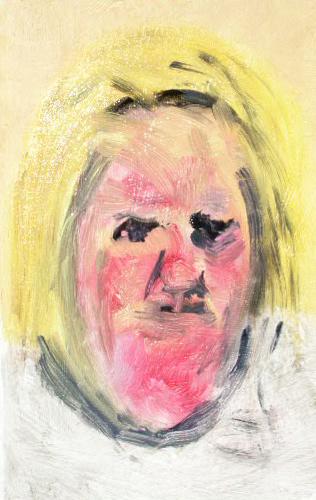This skilful exploration immortalises emotion. Oil portraiture encompasses a complex interplay. It demands attention to detail. Anatomical rendering captures the subject. Lighting, colour, and texture are also important.

Oil painting
In the 7th century, central Asian Buddhists mixed oil with pigment. They created durable murals. During the 15th century, painters in northern Europe, notably Jan van Eyck and Robert Campin, developed innovative oil painting techniques. They made works on wooden panels and canvas. In the 17th century, oil painting became dominant in European fine art. Rembrandt and Vermeer utilised its versatility. In the mid 19th century, John Goffe Rand invented the paint tube. This made pre-mixed oil paint portable, durable, and instantly usable. That innovation enabled the rise of plein air painting and Impressionism.
The history of oil painting is a conversation between material science and artistic vision. Artists create works that capture colours, light, and textures in a medium that stands the test of time. Achieving mastery demands understanding of four elements.
Those are:
- material selection;
- surface preparation;
- paint application; and
- finishing.
Oil paint is a versatile medium consisting of pigments blended into a malleable paste. This uses drying oils, most commonly linseed oil. Artists manipulate the paint's characteristics through additives.
These are:
- turpentine;
- linseed oil; and
- stand oil.
Oil paints' slow drying and fluid consistency are good for blending and smooth transitions. They depict light and shadow. High pigment concentration provides rich, intense colours.
Versatility in layering stems from techniques like glazing, scumbling, and impasto. They build depth, texture, and luminosity. Glazing applies thin, transparent layers with oil mediums over a dried underpainting. Glazes transmit light, producing luminous colour depth and subtle optical blending. Scumble applies a thin, relatively opaque layer of paint over a dried surface. Because the coating is broken or uneven, bits of the underlayer show through. Impasto applies thicker, less fluid paint with a brush or palette knife. This builds texture and relief.
Oil paint's durability contributes to artwork preservation.
Requirements
You need:
- oil paints;
- brushes;
- easel;
- palette;
- canvases;
- linseed oil;
- solvent; and
- paper towel and rags.